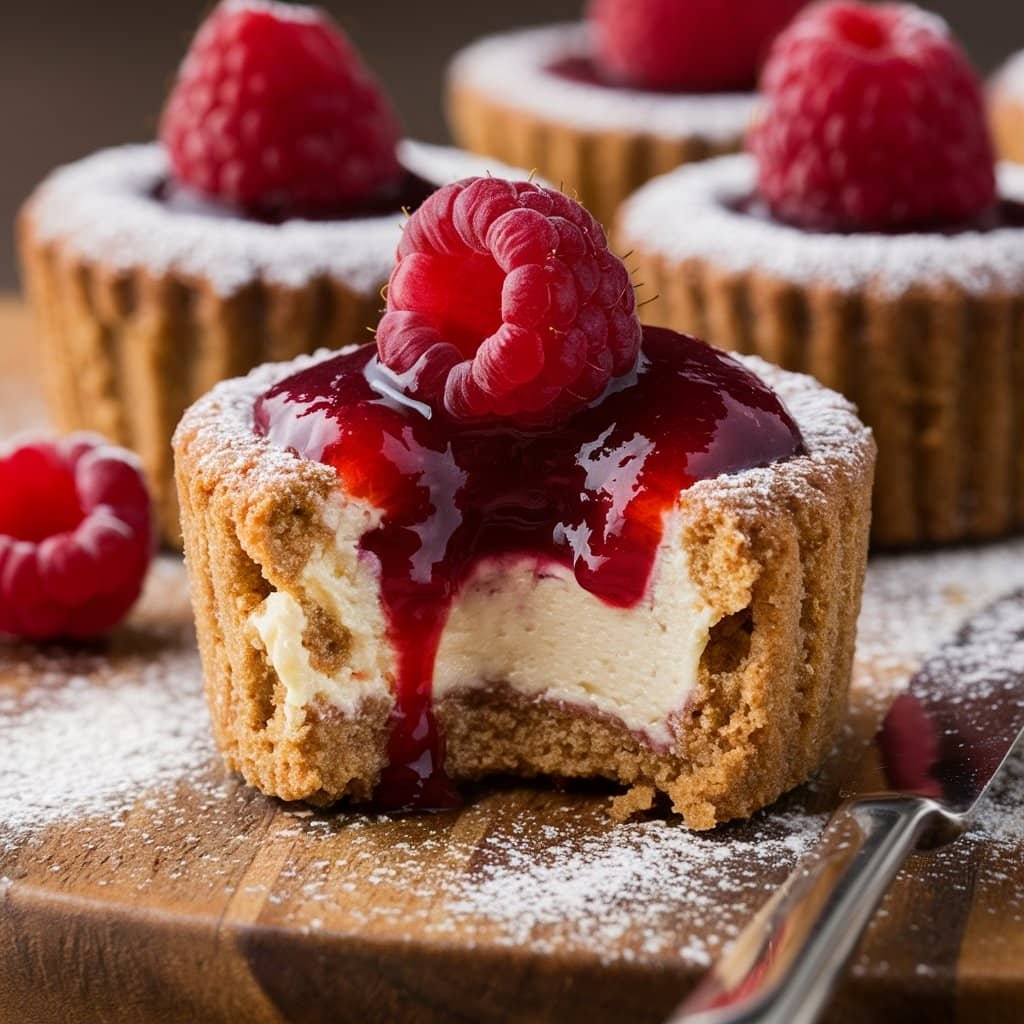Table of Contents
Introduction Cheesecake Recipe
Cheesecake is a classic dessert loved by many for its rich, creamy texture and versatile flavors. Whether you’re a beginner or an experienced baker, this ultimate cheesecake recipe will guide you through the process of creating a heavenly treat that will impress your family and friends.
Ingredients and Directions
Cheesecake Recipe
Course: DessertCuisine: AmericanDifficulty: intermediate11
servings20
minutes1
hour10
minutes499
kcalIngredients
1 ½ cups Graham Cracker Crumbs (170g)
2 tablespoons Sugar
1 tablespoon Brown Sugar (can substitute white)
7 tablespoons Butter (melted)
32 ounces Cream Cheese (softened to room temperature, 910g)
1 cup Sugar (200g)
⅔ cups Sour Cream (160g)
1 ½ teaspoons Vanilla Extract
0.12 teaspoon Salt
4 Large Eggs (room temperature, lightly beaten.
1 cup strawberry
Directions
- Preheat your oven to 325°F (163°C).
- Mix the graham cracker crumbs with sugar, brown sugar, and melted butter. Press the mixture into the bottom of a springform pan to form the crust.
- In a large bowl, beat the cream cheese until smooth. Add sugar, sour cream, vanilla extract, and salt. Mix until well combined.
- Add the eggs one at a time, mixing just enough to incorporate.
- Pour the filling over the crust in the springform pan.
- Bake for about 55 minutes. The cheesecake should be set to the touch and not jiggly.
- Turn off the oven and let the cheesecake sit inside for an hour.
- Remove from the oven and let it cool completely before refrigerating.
- Chill in the refrigerator for at least 4 hours, preferably overnight.
- Add strawberries to garnish
Tips for the Perfect Cheesecake
Avoid Overbaking
One of the most common mistakes when making cheesecake is overbaking. To prevent this, keep an eye on your cheesecake and remove it from the oven when the center is still slightly jiggly. The residual heat will continue to cook the cheesecake as it cools.
Prevent Cracks
To minimize the risk of cracks forming on the surface of your cheesecake, avoid overbaking and sudden temperature changes. Let the cheesecake cool gradually at room temperature before refrigerating.
Experiment with Flavors
Once you’ve mastered the basic cheesecake recipe, don’t be afraid to experiment with different flavors. Try adding lemon zest, chocolate chips, or your favorite fruit puree to the batter for a unique twist.
Tips for Success Cheesecake Recipe
- Use room temperature ingredients: Ensure that your cream cheese, eggs, and heavy cream are at room temperature before mixing. This will help create a smooth, lump-free filling.
- Don’t overmix: Once you’ve added the eggs to the filling, mix just until combined. Overmixing can lead to a dense, heavy cheesecake.
- Prevent cracks: To avoid cracks in your cheesecake, avoid overbaking and don’t open the oven door frequently during baking.
- Let it cool gradually: Allow your cheesecake to cool slowly by turning off the oven and leaving the door slightly ajar. This will help prevent sudden temperature changes that can cause cracks.



Variations
- Chocolate Cheesecake: Add 1/2 cup of melted semisweet chocolate to the filling for a decadent chocolate version.
- Fruit-Topped Cheesecake: Top your cheesecake with fresh berries, sliced peaches, or a drizzle of your favorite fruit sauce.
- Oreo Cheesecake: Swap out the graham cracker crumbs for crushed Oreo cookies in the crust, and fold in some chopped Oreos into the filling before baking.
Conclusion Cheesecake Recipe
Creating the perfect cheesecake may seem daunting, but with this ultimate recipe and helpful tips, you’ll be able to impress your loved ones with a delectable dessert. Remember to be patient, follow the instructions carefully, and have fun experimenting with different flavors. Happy baking!
FAQs
- Can I use a different type of crust for my cheesecake?
Absolutely! While graham cracker crust is a classic choice, you can also use crushed cookies, such as Oreos or gingersnaps, or even a shortbread crust for a different flavor profile. - How long can I store cheesecake in the refrigerator?
Cheesecake can be stored in the refrigerator for up to 5 days. Make sure to cover it tightly with plastic wrap or aluminum foil to prevent it from drying out or absorbing other flavors. - Can I freeze cheesecake?
Yes, cheesecake freezes well. Wrap the cooled cheesecake tightly in plastic wrap and then aluminum foil before placing it in the freezer. It can be stored in the freezer for up to 2 months. Thaw the cheesecake overnight in the refrigerator before serving. - How do I prevent my cheesecake from cracking?
To prevent cracks, avoid overbaking the cheesecake and sudden temperature changes. You can also place a pan of water on the lower rack of the oven while baking to create a humid environment, which helps minimize cracking. - Can I make cheesecake without a springform pan?
While a springform pan is ideal for making cheesecake, you can use a regular cake pan lined with parchment paper. However, removing the cheesecake from the pan may be more challenging, and the presentation may not be as neat.



























9 Comments